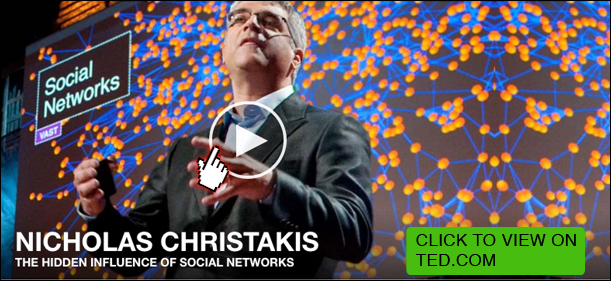Main Body
Introduction – Why study digital and social media?
Students in this course come from a broad range of academic disciplines. Some enroll in COM 680 because of a personal or academic interest; some because it is required for their major.
Students’ engagement with digital and social media (SM) range from wholesale immersion to total disconnection. Rarely does one come into COM 680 without a predisposition to these topics one way or the other.
In this course, we will study trends, which is to say that we will be “dipping our cup” into the realtime stream of contemporary issues as well as examining some of the apps and platforms that are relevant today and perhaps gone tomorrow!
We will explore some significant themes, events, and narratives that have shaped how digital and SM proliferates globally, and how, in turn, it has shaped us as a society in the present moment.
Your goal in this course is to develop a position on each topic that reflects your insight drawn from a variety of authoritative perspectives as well as from those of your peers and the research you have conducted on your own.
Ultimately, the educational outcome of COM 680 is that you will be able to speak intelligently about the topics we cover in this course under any situation: professional, academic, or personal.
Readings & Media
Required Article: Anil Dash – “12 Things Everyone Should Understand About Tech” (12 pages)
Dash is a software developer and writer on Medium. He states: “Tech is more important than ever, deeply affecting culture, politics and society. Given all the time we spend with our gadgets and apps, it’s essential to understand the principles that determine how tech affects our lives…. Technology isn’t an industry, it’s a method of transforming the culture and economics of existing systems and institutions.”
There are legitimate arguments against some of Dash’s points such as those found in the comments section. For example, the influence of open source software is not factored into his list. The value of this article, despite the author’s surface level effort to support his propositions, is in its attempt to distill the totality of technological presence, invention, and influence into a digestible set of axioms worth considering as we go through our studies in this course.
Required Video: Nicholas Christakis – “The hidden influence of social networks” (18:00)
Nicholas Christakis is an author, research scientist, and prominent presenter on how social media promotes healthy living. In this presentation, he describes how the structures of networks impose meaning on its members; that being a member of a social network causes things to “rub off” on you in ways you might not even notice.
What to look for as you watch:
- Think about the social networks you are a member of, both online and in real life: Does the network influence you in any way? In what ways do you influence the network?
Required Orientation: Social Media Fact Sheet
Review the most recent statistics and trends related to the most popular SM platforms and the demographics of their users.
Required Hootsuite: All the Social Media Apps You Should Know in 2023
Skim this list of the top SM systems in use around the world. You do not need to memorize this, but it is important to acquaint yourself with more than just the 2 or 3 systems you are already familiar with.
Optional: Social Media Basics, Definitions, and Terminology
If you are unfamiliar with SM, its terminology, or some of the major SM platforms/applications in recent history, please review this article by danah m. boyd and Nicole B. Ellison.
danah boyd (yes, all lowercase) is a scholar and author on the role of digital technology in society and about social media in particular.
boyd’s article will help you to understand the evolution of various features and functions found in contemporary social media. You do not need to memorize the history of innovations or the names of each platform that has come and gone.
Focus only on the three sections labeled as follows:
- Social Network Sites: A Definition
- A History of Social Network Sites
- Networks and Network Structure
Web version – Social Network Sites: Definition, History, and Scholarship
PDF Download – Social Network Sites: Definition, History, and Scholarship



